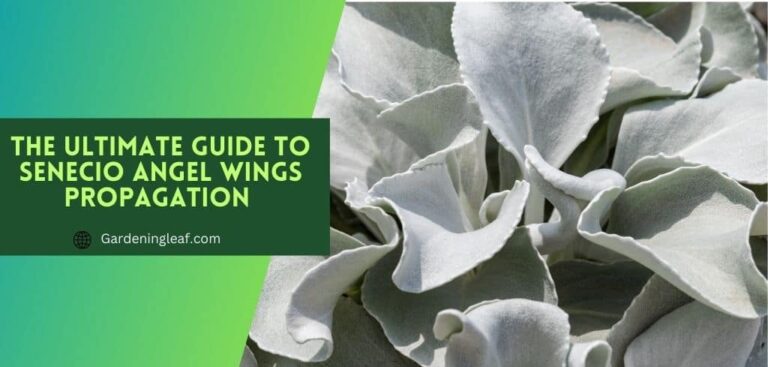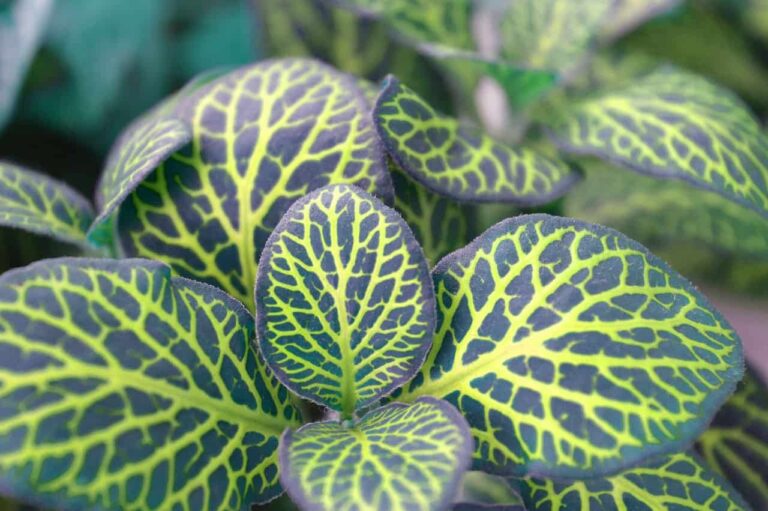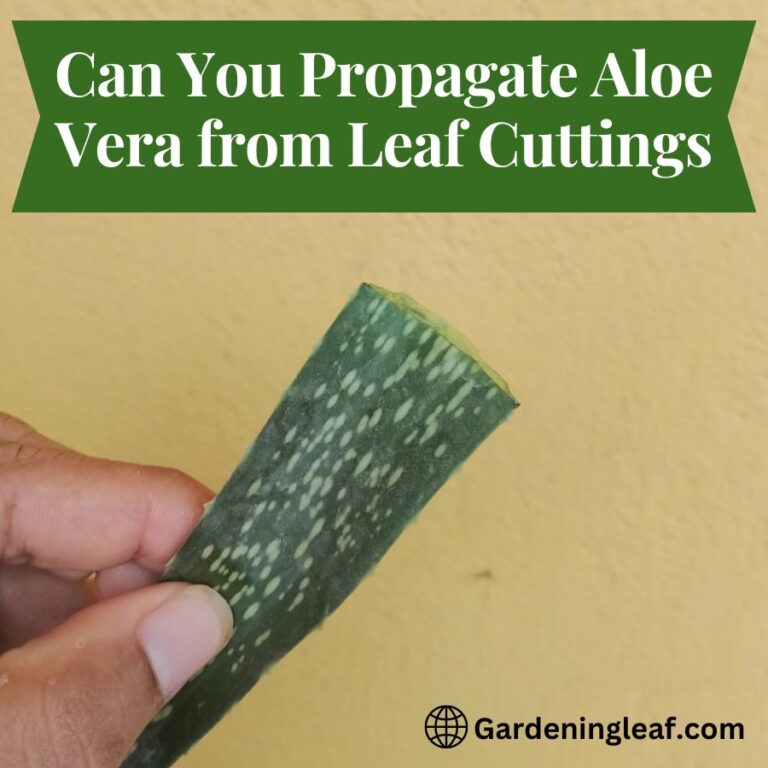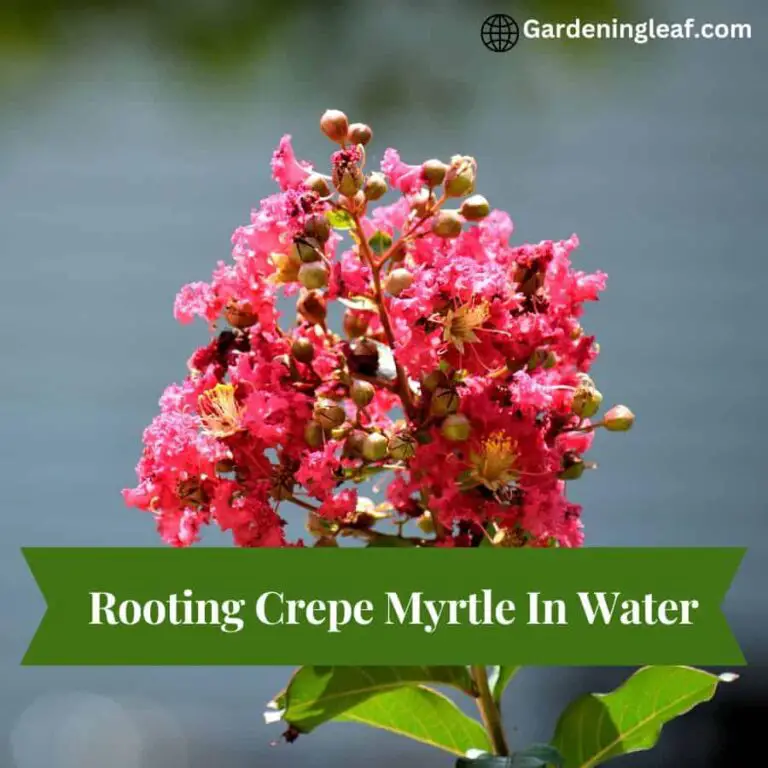How to Propagate Peperomia Hope – A Complete Guide for Beginners
If you’re looking for a low-maintenance houseplant that can add color and freshness to your home. Then, you need to add peperomia to your list of plants! This easy-to-care-for plant is not only attractive, but it’s also one of the most reliable plants for growing in a sunny window. You will learn how to propagate peperomia hope in this post, along with some advice on taking care of it. So don’t wait any longer – add peperomia to your list of plants today!
What is a peperomia hope?

Peperomia hope, radiator plant, or baby rubber plant. Small, succulent leaves and their capacity to flourish in moist environments with bright indirect light make them appealing. Its beautiful leaves and little upkeep make it popular. Its trailing stalks and heart-shaped leaves lend foliage to any environment.
This resilient plant can be easily propagated through stem or leaf cuttings, making it a favorite among those who enjoy expanding their plant collection. Whether you’re a seasoned gardener or just starting, Peperomia Hope is a fantastic addition to your indoor oasis.
How To Propagate Peperomia Hope?
Propagating through stem cuttings
The process of propagating Peperomia hope through stem cuttings is easy and efficient.
- Select a healthy stem: Choose a 4-6 inches long stem with many sets of leaves.
- Prepare the cutting: Use Clean, sharp scissors or a knife and cut below a leaf node. Leave a few sets of leaves at the top of the cutting.
- Rooting hormone (optional): Dipping the cut end of the stem into the rooting hormone. it speeds up rooting, but it is optional and unnecessary for success.
- Plant the cutting: Make a hole in a small pot of well-draining soil. Place the cutting in the hole with the leaves above the soil and the cut end covered.
- Watering and care: water the cutting, ensuring excess water drains from the bottom of the pot. Place the plant in a warm, bright spot, avoiding direct sunlight to prevent scorching. Keep the soil moist but not waterlogged to avoid rot.
- Wait for roots to develop: Track the cutting and moisten the soil over the next few weeks. Roots develop within 4-6 weeks.
- Transplanting: After developing a sturdy root system. Transplant it in a larger container or garden. Choose a well-draining potting mix or garden bed and move the plant without disturbing the roots.
- Care and maintenance: Your transplanted plant needs frequent care to be healthy and avoid flea beetles.
Propagating through leaf cuttings
- Choose a mature, healthy plant leaf.
- Use a sharp, clean knife or scissors to cut the leaf close to the stem.
- Keep the leaf warm, dry, and out of direct sunshine to callous. Wait a few days for the cut end to callus.
- Fill a small pot or tray with well-draining soil or perlite-peat moss.
- Plant the calloused end in the soil. Make sure the cut end is down.
- Keep it out of direct sunlight and warm and bright. Water the soil without flooding it.
- Leaf-cutting roots may take weeks to grow. In this period, avoid disturbing or overwatering the cutting. Have patience and provide consistent treatment.
What are the special characteristics of peperomias?

1. The peperomia hope is a fast-growing plant that can reach up to 3 feet in height and width. The peperomia hope is a great option if you’re looking for a low-maintenance plant that will brighten up your home!
2. The peperomia hope belongs to the gracile type of plant and typically has light green foliage with red or white blooms. It’s also easy to propagate from cuttings, so if you want to grow more plants, cut stems of the peperomia hope and root them in water.
3. Keep the peperomia hope in a bright window with lots of indirect light to care for. Water the plant at least once a week, but limit it to once a week.
4. One thing that makes peperomias such great houseplants is their ability to adapt to various growing conditions.
5. They are also very low-maintenance plants, meaning you often don’t have to fuss with watering or fertilizing them. The peperomia hope is one of the easiest plants to propagate – all you need to do is cut from a healthy stem and root them in potting soil.

Also Read:- How to Get Rid of Purslane in the Garden
How to Care for Peperomia Hope
Peperomia hope is an easy-to-maintain plant that needs minimal attention. Water the soil and roots rather than the leaves when watering peperomia hope. Fertilizer every two months. Keep peperomia hope warm with indirect light in cold weather and cool drafts away from the plant in hot weather.
Potting mix for Peperomia Hope Need:

Peperomia Hope appreciates a mix that is airy, well-draining, and has a pH of 6 to 6.5. The ideal combination includes one part potting soil, one part perlite, and one part orchid bark. Organic amendments such as coco peat or compost can enhance the soil’s acidity if necessary. In warmer climates, peperomia hope prefers to be kept potting mix moist but avoid overwatering the leaves and roots.
But I use a mix of 4 parts soil + 1 part Perlite +1 part activated charcoal, 1 worm casting. This soil gave me the best result.
Use a similar formulation or 1:1 perlite mixture and normal potting soil. Remember that the soil needs to be well-draining and aerated, so don’t pack it too firmly when potting the plant.
Water Requirements :
One of the best things about peperomia hope is how low-maintenance they are. They do not require a lot of watering and should be watered well but never to the point where the soil becomes moist.
When watering, it’s crucial to let the soil gradually dry before adding more water. Root rot and fungus development might result from excessive wetness. Ensure your pot has good drainage and monitor the soil’s surface for signs that it needs re-watering, such as excessive dampness or soft clayey areas. Reduce watering in the rainy season and winter and wait between waterings until the top 1 to 2 inches of soil has dried.
Lighting and Temperature :
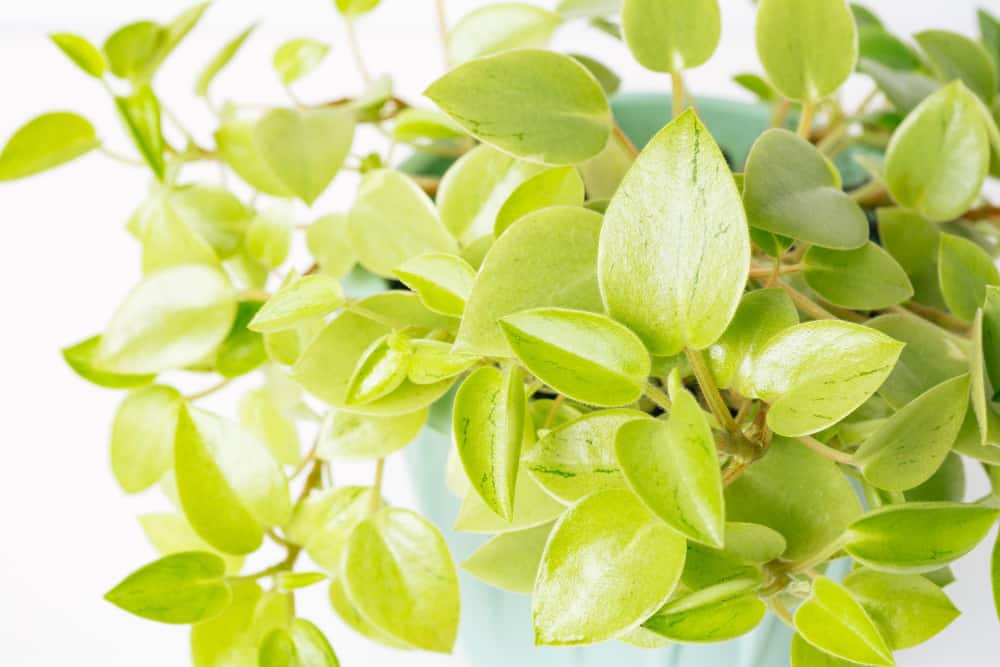
Peperomia hope prefers indirect light to direct sunlight. They do well in temperatures between 60-80 degrees Fahrenheit but will tolerate a few degrees cooler or warmer. If the plant starts yellowing or dropping leaves, the temperature in the room will likely become too cold.
This plant does best when the humidity is around 50-60%. This plant also grows under artificial light. Do not let peperomia stay in direct sunlight for long, or it will become scorched-looking foliage.
Fertilization:
Since peperomia hope plants like well-draining soil, fertilizer should only be applied to the roots every 3 to 4 weeks in the early stages of growth and then every six to eight weeks as the plant grows.
A balanced houseplant fertilizer can be used diluted to half strength (or less) once per month, or a weak organic fertilizer such as fish emulsion can also be used at this stage.
As the plant matures, fertilize it monthly with a fertilizer like an NPK 10-10-10. Fertilize only during the growing season and not in the fall or winter.
Grooming and Maintenance:
Mild watering will keep the foliage tidy. If the plant produces too much foliage, cut back on watering. Dead leaves may be pruned away to a half-leaf size or less in the growing season but should not be pruned during the winter or when artificial light is used.
Size & Growth :
Peperomia hope plants will grow to a height of around 6 to 8 inches and a width as broad as the area you provide. Be patient with peperomia hope plants, as they can take up to a year to reach their full size.
Posts:

Peperomia hope plants are generally pest-free. A few peperomia hope plant pests to watch for include mealybugs, spider mites, and aphids.
Mealybugs are the most common problem with peperomia hope plants, as they excrete a sweet substance that attracts these small insects. Spider mites are tiny arachnids that can inflict webbing on the leaves of peperomia hope plants- this may cause the foliage to look deformed or discolored in areas.
Aphids are large sap-sucking insects found on the underside of leaves. Treat peperomia hope plants for mealybugs, spider mites, and aphids as you would any houseplant- using a pest control spray or dipping the plant in boiling water for a few minutes.
Container size:
A pot with a drainage hole at the bottom is perfect for the plant’s size. Amount to water per week: When watering plants, how much per week depends on how succulent the soil feels and how many roots spread out from the plant.
For peperomia hope plants, watering once a week in early growth stages and then every six to eight weeks as they grow is adequate.
Repotting Peperomia Hope
Repotting is necessary when the plant reaches 6 to 8 inches in height and width or roots are encircling the pot or poking through the drainage holes. Your plant needs to be repotted. Use the 2 to 3-inch larger pot the plant is growing in to repot the plant.
Fill the pot to the roots with soil when repotting using a well-draining potting mix. After repotting, allow the roots to spread out and water the well. When you report the plant, you must be careful that the roots do not break; otherwise, the plant can die.
Also Read:- Should You Cut Off Black Venus Fly Traps?
FAQ:
Is Peperomia Hope a Succulent?
Peperomia hope is not succulent; it belongs to the peperomia genus – a group of plants known for their succulent-like growth. Succulents can survive in harsh climates by storing water in their stems and leaves. However, the peperomia Hope is not a succulent because its foliage doesn’t repel water like succulent foliage.
Is Peperomia Hope Toxic?
Toxicity to pets typically refers to poisonous plants, dogs, cats, and other animals. Knowing which plants are harmful before allowing your pet to be near them is important since many popular garden plants can be deadly if consumed in large enough concentrations.
No evidence suggests that peperomia hope is toxic to humans, cats, or dogs. Like other plants in the Peperomia genus, it does not contain significant toxins.
Is Peperomia Hope a Hardy Plant?
The peperomia hope is a moderately hardy plant, able to survive light to moderate growing conditions. However, the peperomia hope is not particularly tolerant of cold temperatures – it prefers indoor plants in direct sunlight or indirect light.
Is Peperomia Hope a Good Indoor Plant?

Peperomia Hope is a great indoor plant for a variety of reasons.
First, it is easy to care for. All you need is water regularly and a little fertilizer (found at most stores).
Secondly, it is a low-maintenance plant. You won’t have to deal with repotting or other maintenance tasks.
Finally, It is drought-tolerant. So you can place it anywhere in your home without worrying about water shortages.
Why are my peperomia hope leaves curling?
Peperomia hope leaves can curl due to moisture retention. When the plant is hydrated, the water moves through its system and diffuses into the cells used for growth and function.
However, when there isn’t enough water or cold outside, this process gets overwhelmed, and some cells become swollen with water. This excess fluid then pushes against other cell walls until they swell up, leading to the curling of the leaf blades.
If you want to Stop, stop all watering after new leaves begin to emerge. The new leaves should develop entirely flat if you don’t need water. You can resume routine watering after they are nearly fully developed.
Does Peperomia hope to grow fast?
While Peperomia may not grow as quickly as some other plants, it is still a versatile and attractive houseplant that can be used in any room. Additionally, its unusual leaves and vines are a great conversation starter, so Peperomia might be a perfect choice if you’re looking for something fun to plant in your garden.
Is it possible to grow peperomia indoors?
Some people choose to grow peperomia indoors to enjoy their plants year-round or live in a climate where the plants can’t be grown outdoors. Others grow peperomia indoors to produce more plants faster than if grown outdoors.
One of the best ways to grow peperomia hope indoors is by planting them in containers. Any container with sufficient drainage and can hold the roots and leaves is acceptable.
Ensure the soil pH level is correct (6-7), and add a good amount of organic matter before planting your peperomia hope. Water consistently and fertilize every two months with high-quality plant food or fertilizer program specific for succulents.
If you want larger plants, increase the number per container over time. So, they are all spaced approximately 12 inches apart. Keep an eye on your plants during their actively growing stage; if they start developing signs of drought stress or pests, adjust your watering regimen accordingly.
Also Read:- Why does aloe vera smell like onions?
Conclusion
In conclusion, You understand how to Propagate Peperomia Hope, and growing peperomia hope is not too difficult; however, there are a few key factors to keep in mind.
A well-draining potting mix and plenty of light are essential, while watering should be done regularly, and pest control must be watched for. Peperomia Hope may be a perfect choice if you want plants that do well indoors year-round or grow quickly.
Reference: – https://houseplanthouse.com/2020/07/19/keeping-my-peperomia-hope-alive/



